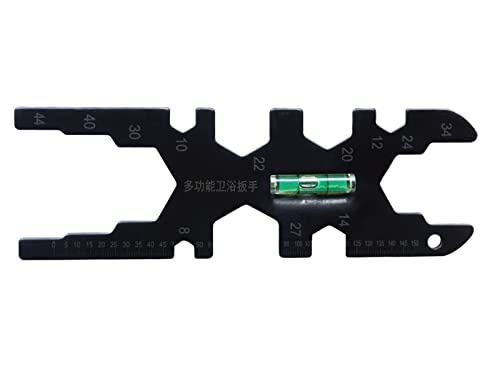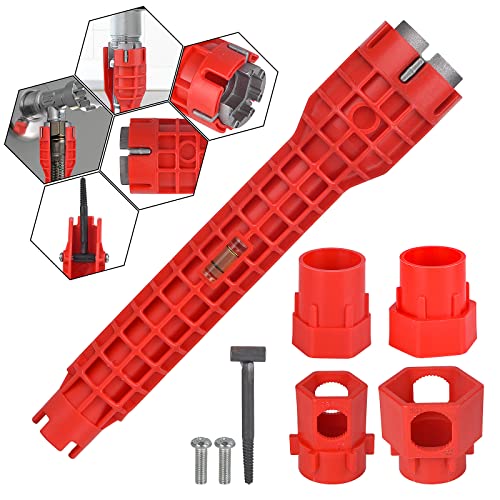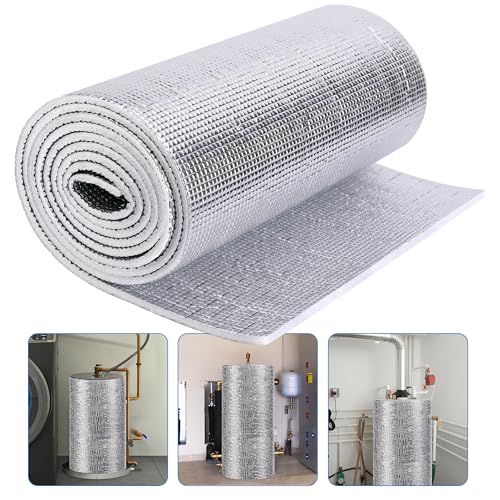Maybe I missed something but YOU SAID:
" Since 3/8" pex tubing doesn't exist in this part of the country I had to settle for the next best thing which is polyethylene tubing with an inside diameter of 0.375". 3/8" pex has an ID of 0.360" and a cross sectional area that is 92% as large as this polyethylene tubing. Even though the PE tubing is not really pex, from now on I'm going to refer to it as 3/8" tubing."
Does that mean you are going to use that in your new home as well?
Or was that just for testing purposes?
Not sure why you are so bent on using 3/8 tubing. Easier to install?
I doubt it. seems like more trouble to adapt and reduce.
Look to the future as well. need to repair or modify. Parts are going to be more difficult to find.
I am impressed by your diligence to set-up and test your theories.
You asked for suggestion on making connection and got more than you expected.
Like Frodo Said do what you want, just remember the old saying.

" Since 3/8" pex tubing doesn't exist in this part of the country I had to settle for the next best thing which is polyethylene tubing with an inside diameter of 0.375". 3/8" pex has an ID of 0.360" and a cross sectional area that is 92% as large as this polyethylene tubing. Even though the PE tubing is not really pex, from now on I'm going to refer to it as 3/8" tubing."
Does that mean you are going to use that in your new home as well?
Or was that just for testing purposes?
Not sure why you are so bent on using 3/8 tubing. Easier to install?
I doubt it. seems like more trouble to adapt and reduce.
Look to the future as well. need to repair or modify. Parts are going to be more difficult to find.
I am impressed by your diligence to set-up and test your theories.
You asked for suggestion on making connection and got more than you expected.
Like Frodo Said do what you want, just remember the old saying.





















































